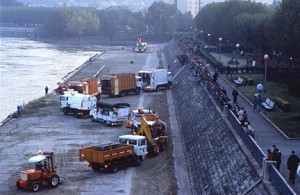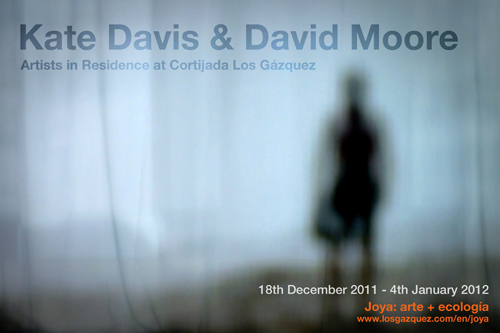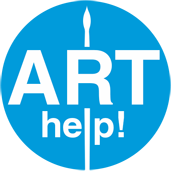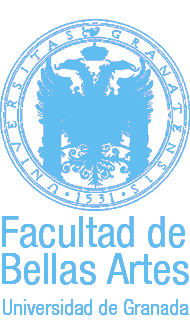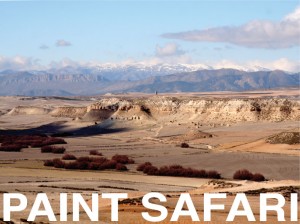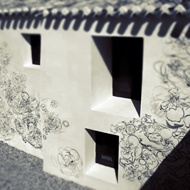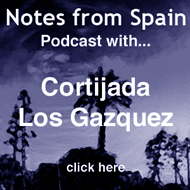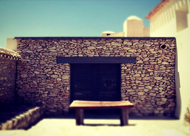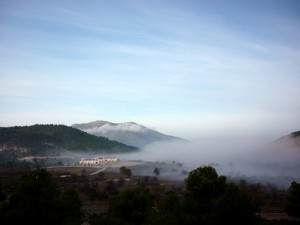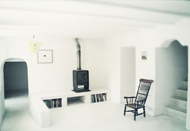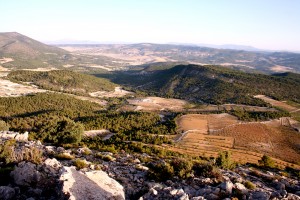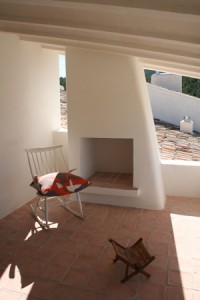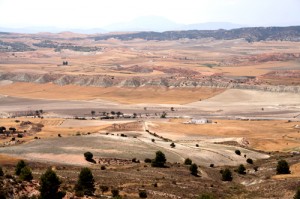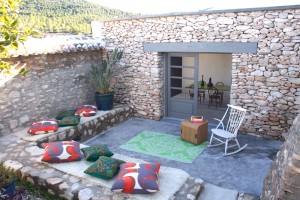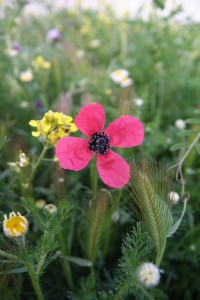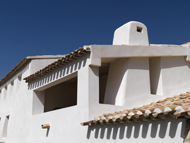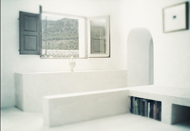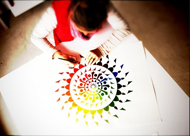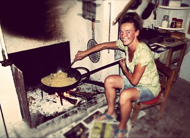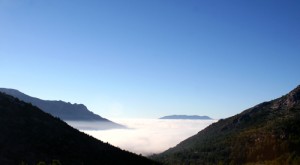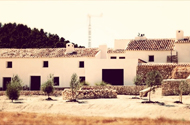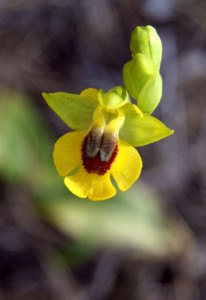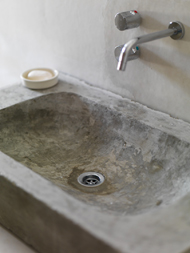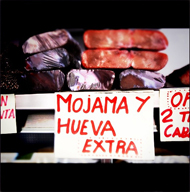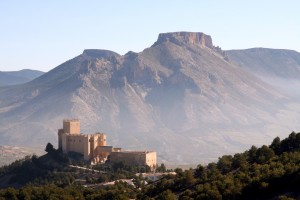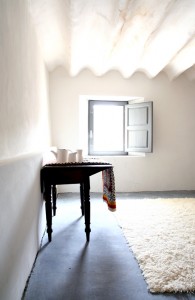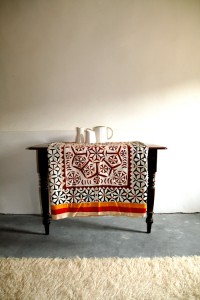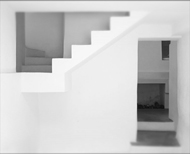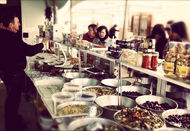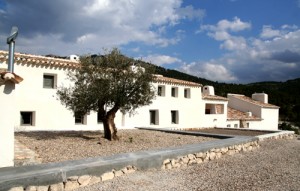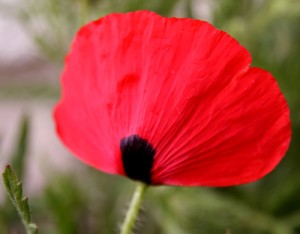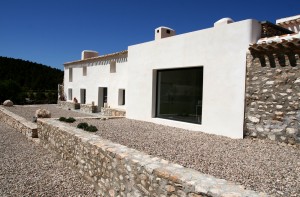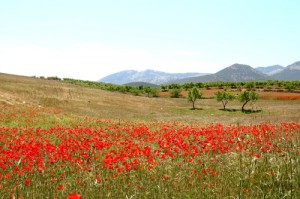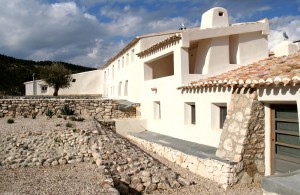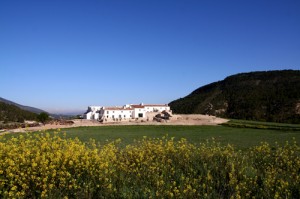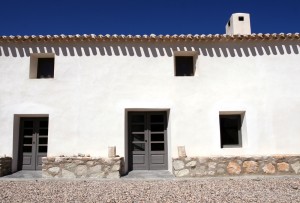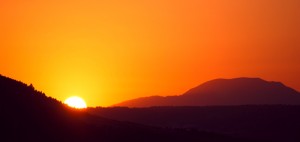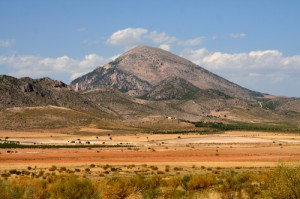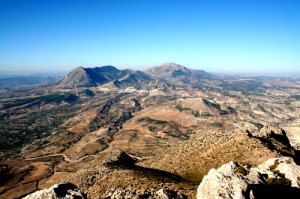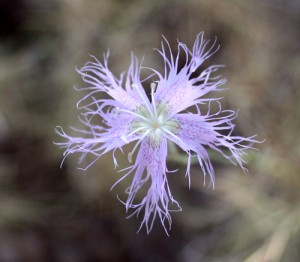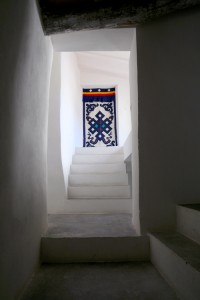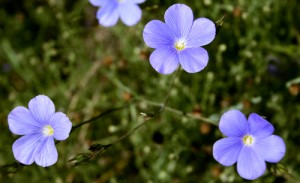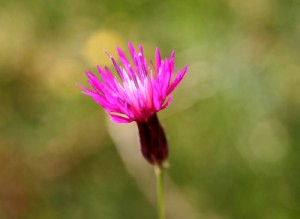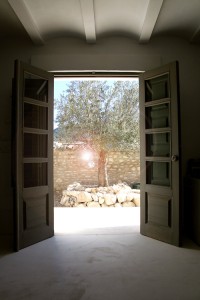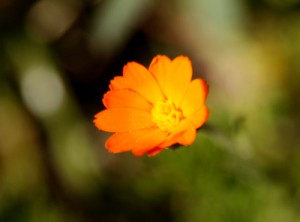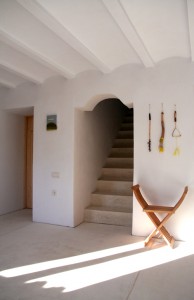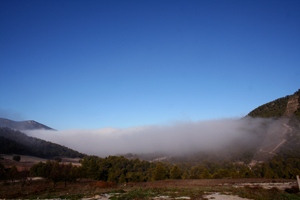Joya: arte + ecología / Lights Going On / AGUAZERO
This is the ninth week Gill Nicol, as an independent arts consultant specialising in contemporary art, has looked at an artist who has engaged with environmental issues through their work. These ‘posts’ are designed to be ‘inspirational prompts’ for those considering applying for the award.
Mark Dion
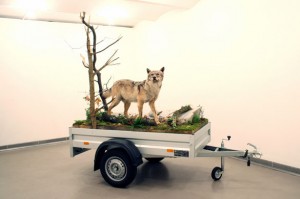 Mark Dion’s work has an investigation of the order of things at its core, and this is seen in much of his work for museums. He examines the ways in which dominant ideologies and public institutions shape our understanding of history, knowledge, and the natural world. Within this, he also looks at how we construct nature, questioning the authoritative role of the scientific voice in contemporary society. He has been influenced by the work of Charles Darwin and Alfred Russell Wallace, co-founders of the theory of natural selection. He says: Museums of history are one of the most essential sites for any investigation into how a dominant cultural group constructs and demonstrates its truth about nature. My work is not really about nature, but rather it is a consideration of ideas of nature.
Mark Dion’s work has an investigation of the order of things at its core, and this is seen in much of his work for museums. He examines the ways in which dominant ideologies and public institutions shape our understanding of history, knowledge, and the natural world. Within this, he also looks at how we construct nature, questioning the authoritative role of the scientific voice in contemporary society. He has been influenced by the work of Charles Darwin and Alfred Russell Wallace, co-founders of the theory of natural selection. He says: Museums of history are one of the most essential sites for any investigation into how a dominant cultural group constructs and demonstrates its truth about nature. My work is not really about nature, but rather it is a consideration of ideas of nature.
His series of mobile wilderness units shows a wild animal- a wolf, or a bison – on a trailer, able to be moved around as we think fit, taking the animal away from its natural habitat, and satisfying our desire to control and manage nature.
Much of my artwork attempts to negotiate the shifting nature/culture boundaries established and demolished by our postcolonial and political landscape. I also have a personal passion for wild places and have traveled extensively to remote sites in the Neotropics as well as equatorial Asia.
In 2005, he worked on Human/Nature, a project closely aligned to his values around international wildlife conservation. See here for his inspiring writing about it. He says ‘I have never worked on a project closer to my heart’.
Mark Dion is an artist who has much to say about how artists can work with or about the living world. He wrote a manifesto about this in the catalogue of the Serpentine Gallery’s Greenhouse Effect exhibition in 2000. It was entitled Some notes towards a manifesto for artists working with or about the living world and includes this:
‘Artists working with living organisms must know what they are doing. They must take responsibility for the plants’ or animals’ welfare. If an organism dies during an exhibition, the viewer should assume the death to be the intention of the artist’..
Written by invitation from Los Gázquez and their opportunity/residency award AGUAZERO/Joya: arte + ecología.

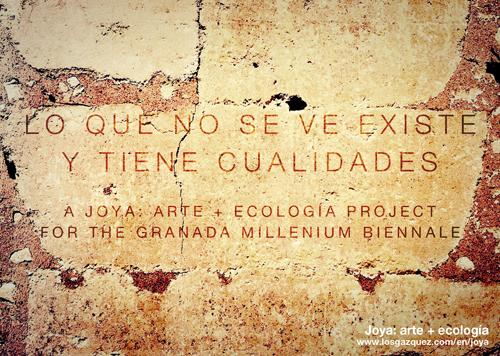
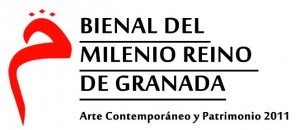
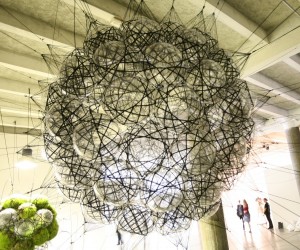 Tomás Saraceno is an artist whose art practice rethinks how we live in relation to one another, in an attempt to rethink our built environment and to explore the sky and its possibilities.
Tomás Saraceno is an artist whose art practice rethinks how we live in relation to one another, in an attempt to rethink our built environment and to explore the sky and its possibilities.